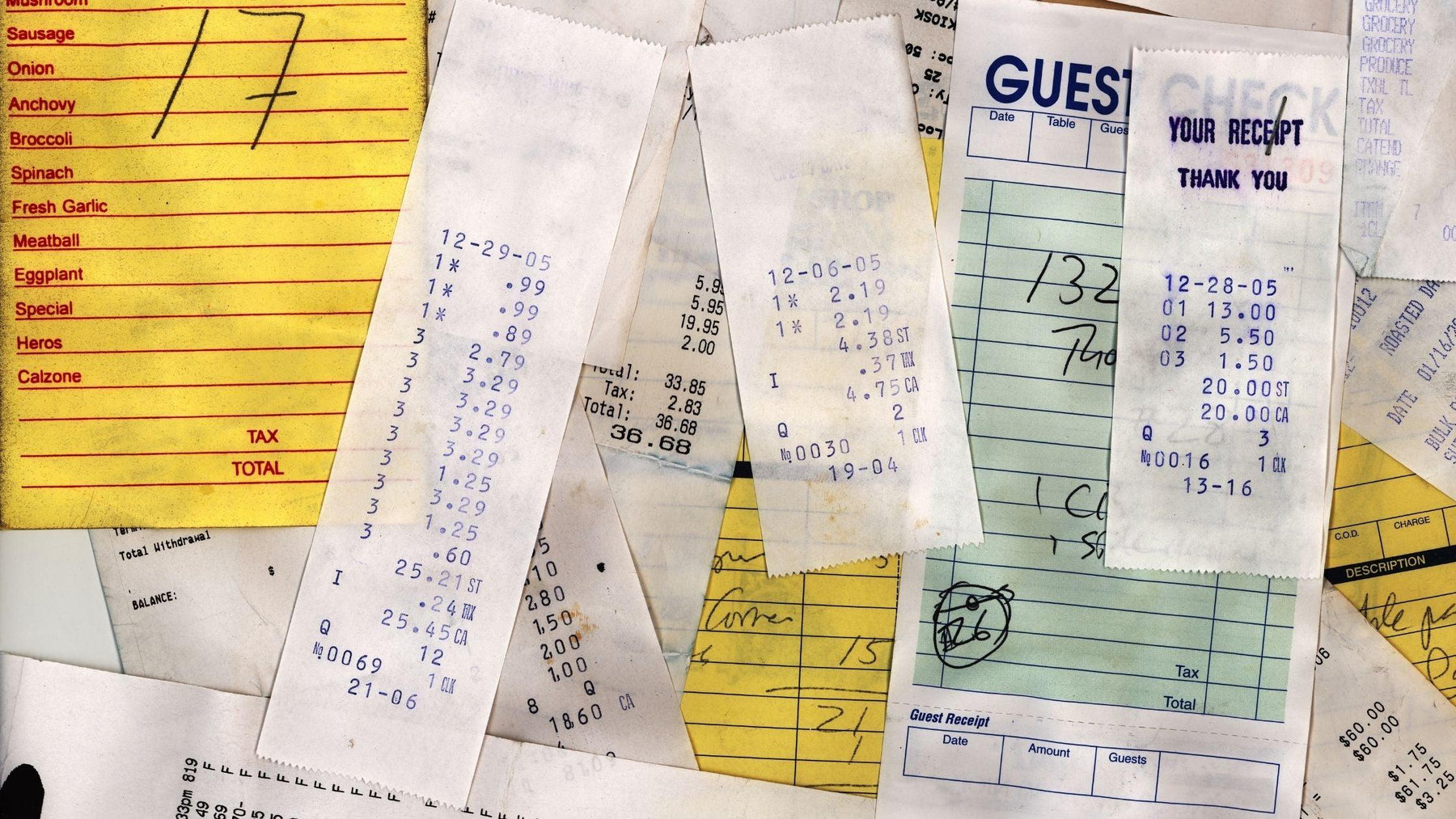
Why Purchase BPA-Free Receipt Paper?
Chemical components have made much of the conversation around BPA-free receipt paper, particularly the use of bisphenol A (BPA) chemicals. As expected, business owners constantly are brought to think about how their venture influences health. Since the majority of receipt papers sold in the USA have this component at their core, it makes sense to do in-depth research about how this component poses health risks to people and the environment, and whether there are safer alternatives.
Why use BPA for receipt papers?
For a long time, BPA has been the leading option for coating thermal printer paper rolls because it offers better stability to heating. This implies that after heating the thermal paper the chance of fires is negligible. In the same light, it also ensured that thermal printing was inkless, facilitating snappy printing and reduced machine breakdowns. Ideally, printing with this kind of paper is superior to most alternatives and gives improved legibility and deeper colors than most papers can reach particularly the blacks. But since this paper evidently harms health, BPA-free paper rolls became the preferred alternative.
Does BPA have the potential to harm?
The professional community has pointed to the fact that BPA receipt paper poses some health challenges. The human body is composed of interdependent systems, and the concern many people have is that the BPA chemical is an endocrine disruptor and thus potentially leads to devastating long-term illnesses. Compounded by the fact that BPA is teratogenic, the health risk is highest in infants and the unborn.
Therefore, this begs the question, does receipt paper have BPA? While the effects of BPA are crystal clear, it is very hard for a person who works with thermal paper on a daily basis to be exposed to dangerously high levels of this compound. A study done by Springer-Verlag showed that on average 71 μg is the daily exposure expected from handling receipt paper daily. This is more than 40 times less the tolerable daily intake (TDI), or the approximate amount of BPA a person can be safely exposed to each day without incurring devastating health damages. Moreover, the primary focus of this study was people who extensively use thermal receipt paper, so the vast majority is exposed to far fewer levels of TDI from their interaction with thermal POS rolls.
What Are Your Alternatives?
The best BPA-free receipt paper is thermal paper coated with bisphenol S (BPS). Though the advantages of BPS paper are compelling, the BPS chemical still carries similar chemical properties as BPA which businesses are working to be rid of. A study in endocrinology proved that BPS also mimics human hormones and is a potent reproductive system endocrine disruptor potentially leading to premature births.
If you’re looking to trade off BPA-containing for BPA-free receipt paper, urea-based rolls are a better alternative. While urea-based paper is safer, it is costlier than BPA/BPS coated printer paper. Quality-wise, urea paper trumps both BPA and BPS paper giving impeccable legibility and crisper colors for longer.
Which is the best receipt paper for thermal printing?
Each business will target different clients and therefore they each will use various types of thermal paper. If you are uncertain about the potential side effects of using BPA or BPS paper, reach out to our experts for advice on BPA-free receipt paper such as urea paper. But if you are targeting to avoid the harmful effects of BPA and BPS and are looking for a value-for-money spend, the conventional paper will suffice.
If there are gray areas you need to be ironed out, feel free to contact our efficient experts. We are eager to be of assistance.
